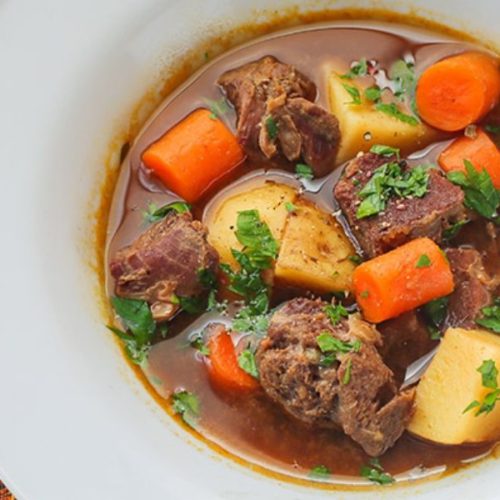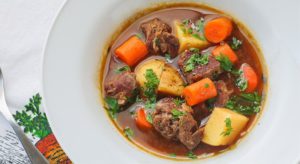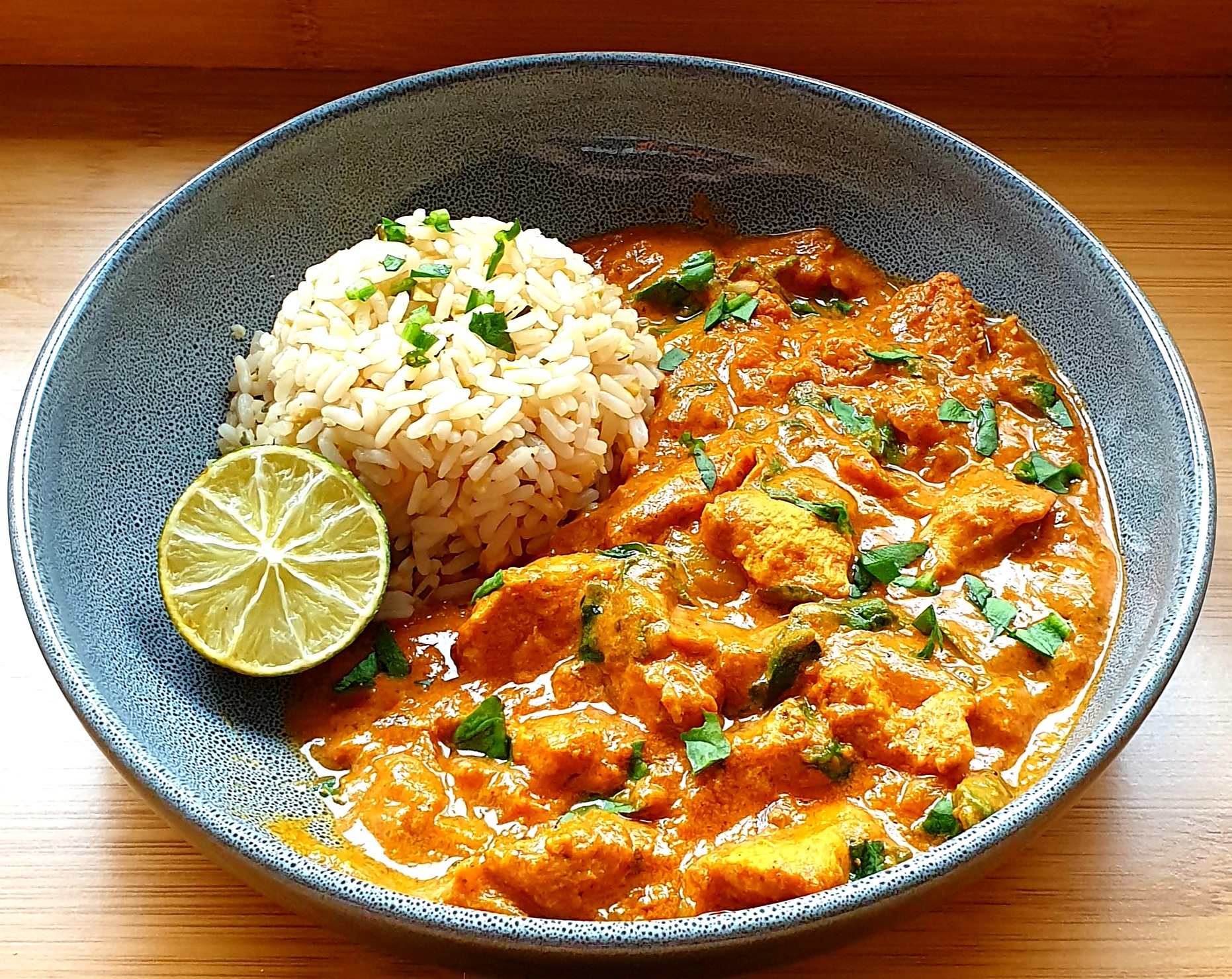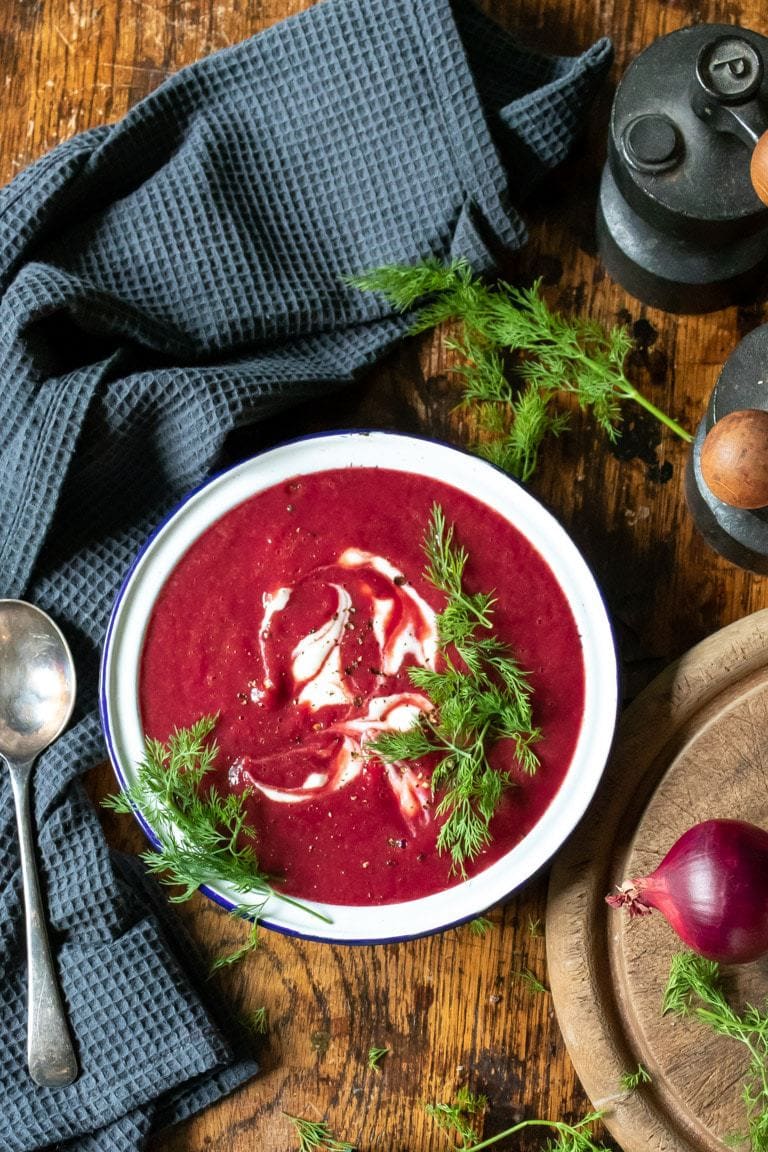Welcome to the wild side of culinary adventures! Today, we’re diving into a recipe that will leave you speechless and your taste buds dancing with delight. Get ready to explore the flavors of the majestic ostrich with an unconventional cut that will have you saying, “neck is the new favorite!” Join me as we embark on a journey to unlock the secrets of cooking ostrich neck, where tenderness meets boldness in a single bite.

How to Cook Ostrich Neck
Ostrich neck, also known as ostrich neck fillet, is a type of meat derived from the neck of an ostrich. Ostriches are large flightless birds native to Africa, and their meat is known for being lean, tender, and low in fat. Ostrich neck fillets are popular in some culinary traditions and can be prepared in various ways.When cooked properly, ostrich neck meat can be tender and flavorful. It is often compared to beef or veal in terms of taste and texture. However, it should be noted that ostrich meat has a unique flavor profile that some people describe as slightly gamey or similar to leaner cuts of red meat.Ostrich neck fillets can be grilled, braised, roasted, or used in stews and casseroles. Due to its leanness, it is important not to overcook ostrich meat to prevent it from becoming tough. Like other types of meat, ostrich neck fillets can be seasoned with herbs, spices, and marinades to enhance the flavor.It's worth mentioning that ostrich meat, including the neck, is not as widely available as more common meats like beef, chicken, or pork. It may be found in specialty meat markets or restaurants that offer exotic or game meats. If you're interested in trying ostrich neck as food, it's recommended to check local markets or online suppliers that specialize in exotic meats.
Ingredients
- 2 pounds of ostrich neck fillets
- 2 tablespoons olive oil
- 1 onion, chopped
- 2 carrots, chopped
- 2 celery stalks, chopped
- 4 garlic cloves, minced
- 1 cup red wine
- 2 cups beef or chicken broth
- 2 sprigs of fresh thyme
- Salt and pepper to taste
Instructions
- Preheat your oven to 325°F (163°C).
- Season the ostrich neck fillets with salt and pepper on both sides.
- Heat the olive oil in a large oven-safe pot or Dutch oven over medium-high heat. Brown the ostrich neck fillets on all sides until they develop a golden crust. Remove the fillets from the pot and set them aside.
- In the same pot, add the chopped onion, carrots, celery, and minced garlic. Sauté for a few minutes until the vegetables begin to soften and turn slightly golden.
- Deglaze the pot by adding the red wine and scraping the bottom to release any browned bits. Allow the wine to simmer for a couple of minutes to reduce slightly.
- Return the ostrich neck fillets to the pot and pour in the broth. Add the fresh thyme sprigs and season with additional salt and pepper if desired.
- Cover the pot with a lid and transfer it to the preheated oven. Allow the ostrich neck to braise for approximately 2 to 2 ½ hours or until the meat becomes tender and easily pulls apart.
- Once the ostrich neck is cooked, remove the pot from the oven and let it rest for a few minutes.
- Serve the braised ostrich neck fillets with the vegetables and some of the cooking liquid as a sauce. You can pair it with mashed potatoes, rice, or roasted vegetables.This braised ostrich neck recipe provides a flavorful and tender result. Remember to adjust the cooking time if you're using larger or smaller ostrich neck fillets. Enjoy your meal!
Video
Notes
When cooking ostrich neck, there are several important factors to keep in mind to ensure the best results. Here are five things to know when preparing an ostrich neck recipe:
1. Tenderizing: Ostrich neck meat can be quite tough, so it's essential to tenderize it before cooking. You can achieve this by marinating the meat for a few hours or using a meat tenderizer to break down the fibers. This step will help make the meat more tender and enjoyable to eat.
2. Cooking methods: Ostrich neck can be cooked using various methods, including braising, slow cooking, or stewing. These methods help to further tenderize the meat and infuse it with flavors. Avoid high-heat cooking methods like grilling or searing, as the neck meat can easily become tough and dry.
3. Seasoning and marinades: Ostrich meat has a mild, slightly gamey flavor, so it benefits from marinades and seasonings to enhance its taste. Consider using a marinade with acidic ingredients like lemon juice or vinegar, along with herbs, spices, and other flavorings. Allow the meat to marinate for at least a couple of hours or overnight to maximize flavor.
4. Cooking time and temperature: Due to its leanness, ostrich neck cooks faster than many other meats. It's important to monitor the cooking time and internal temperature carefully to avoid overcooking. Aim for medium-rare to medium doneness for the best results. The USDA recommends cooking ostrich meat to an internal temperature of 145°F (63°C).
5. Resting period: Once the ostrich neck is cooked to your desired doneness, allow it to rest for a few minutes before slicing or serving. Resting allows the meat juices to redistribute and results in a more flavorful and moist final dish.
Remember, since ostrich neck is not as commonly found as other meats, it's essential to follow specific recipe instructions or consult with an experienced chef who has worked with ostrich meat to get the best cooking tips and techniques for your chosen recipe.
Nutrition
Serving: 100g
Tried this recipe?Let us know how it was!




